3 Ways to Improve Public Support for the Fire Service
We often fall into the trap of assuming the citizens within our protection area only need us when there is an emergency. The reality is that in today’s fire service, we can offer far more to the public than just jumping on the truck when the tones go off.
Sometimes these non-urgent things can be as important as riding the truck during a call and help us improve the outcomes on the calls we do run. Equally as important is that it can bolster support for the local station or department, regardless of whether it is a volunteer, combination, or career department.
However, budgets are tight and spending money on things that are not considered operational is not a viable option for a lot of departments. Here are 3 cost-effective ways to not only improve not the service we provide to the citizens but to improve public support for the department as well.
#1 – Making Appearances at Local Events
Also known as doing standbys, examples of such events include high school football games, area softball/baseball tournaments, county/city fairs or other large community events. As long as organizers understand that we may need leave anytime when called (unless of course you’re capable of dedicating resources to strictly that event), making appearances at these events is an amazing way to bolster support.
When the public sees us out and about, supporting the community with our “free” time, it demonstrates that we are a part of the community, not just another government organization. It shows that we care about the community. Not everybody will need us, but if they see us providing a service, it stays in their minds. Personally, this has worked particularly well for my home department.
#2 – Providing Free or Low-Cost Training
This provision of training can cover anything from fire prevention, to home and business safety inspections (with the understanding that we are there to assist, not regulate), to CPR and First Aid Training. The first two trainings can be provided for free while last two usually have a cost to them, especially to cover for the necessary books and cards.
Normally, we can get things at or below the public price and if we charge the public with the cost price, we break even. It will be even better if our budget supports it and we are able to offer them for free.
This type of community service provides us with something that cannot be measured with money. We are teaching the community to be able to help themselves when an emergency occurs. This type of service can save lives within the public as well as ours. For example, it will be useful if they know about the need to change batteries in smoke detectors and how it is done, or how they can make an emergency evacuation plan for the family.
#3 – Letting the Public See You
This differs from making appearances at local events in that we want them to see us ad-hoc or not related to a planned event. Simple things like showing up at the school (if they allow it) and having lunch with the kids or playing basketball with a class are the things all kids would love and will tell their families about. Do random welfare checks on members of the community you know to be elderly or disabled. Checking in on these folks also does wonders for their morale. But more importantly, it demonstrates to the public that we care about the members of community and their well=being.
These three activities are not at all costly and are easy to execute. They are also crucial to showing that we are not only servants of the community, but members of it and that we care and value those in our community!
Photo Credit: Erik Wood

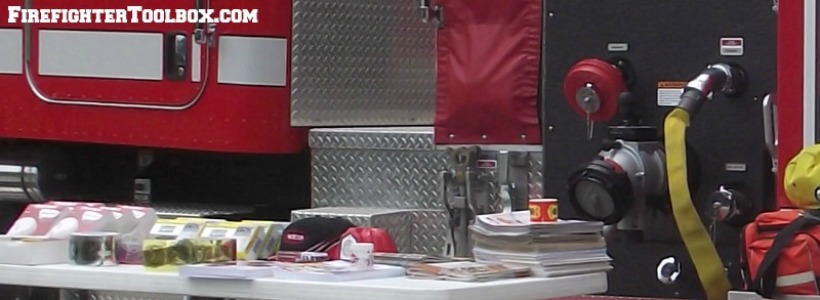
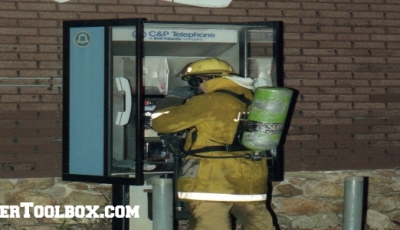
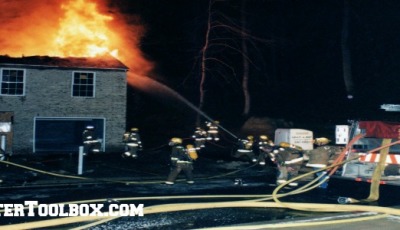
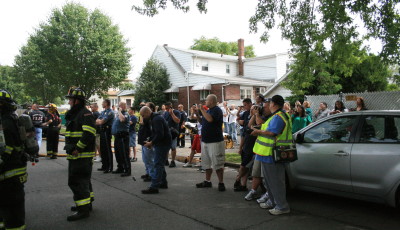
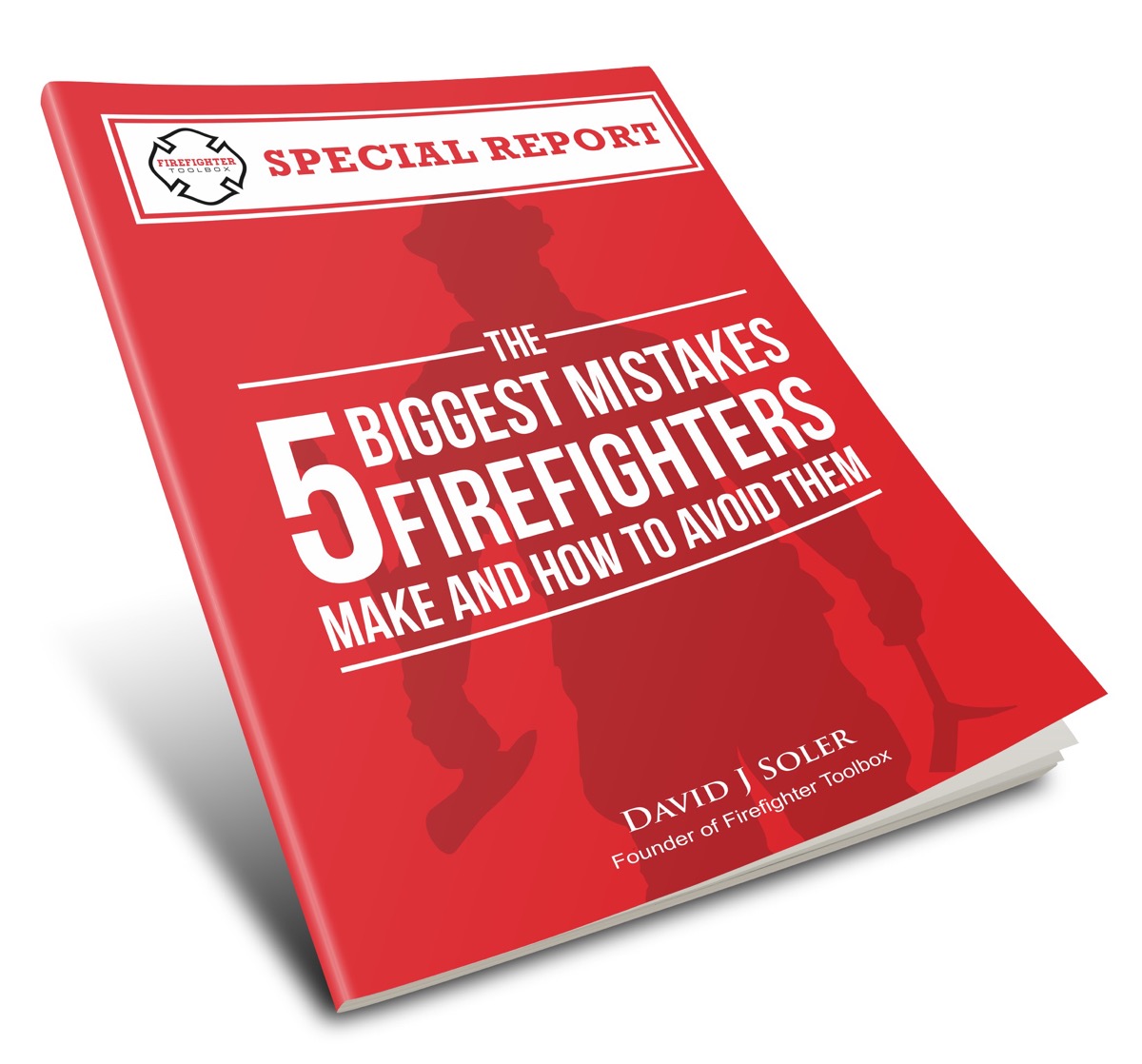
I’m the PIO for Ripley VFD, in Ripley WV. Another public relations tool is social media. We haven been using Face Book for less than a year and the number of likes grows every day. Things that we post are major fires, MVA’s, school/club/ visits, hazardous weather/road conditions, property & life safety tips and so on.
Our FB page: https://www.facebook.com/RipleyFireRescue
Excellent article, Captain Wood! Conducting community outreach is a vital and essential part of our responsibility as firefighters, especially during non-emergency times. A good leader understands that. Also having administrative leadership that encourages and supports that great too! Again, nice article!
Thank you Johnny and Rod for the kind words! As always if there is ever anything I can or any of us here can do let us know!